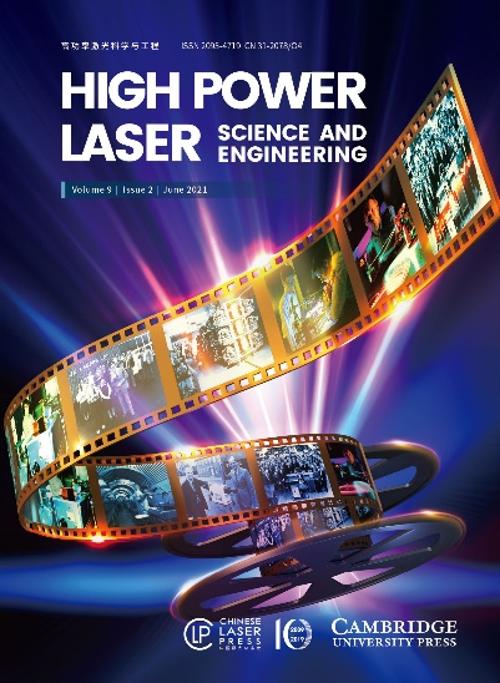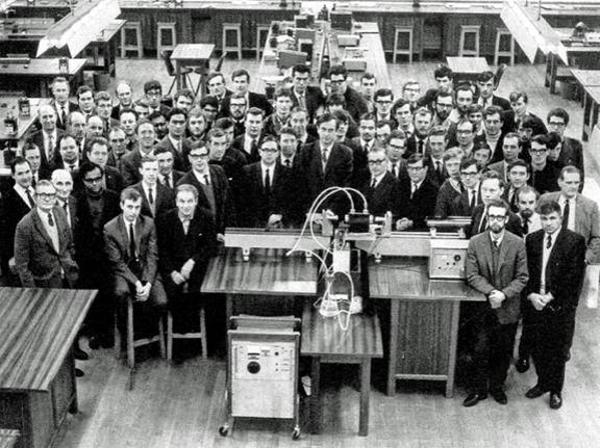A large team of UK based scientists has gathered to document the history of high-powered lasers in the UK. The review was initiated as a celebration of the 60th anniversary of the first demonstration of the laser by Theodore Maiman in 1960. From the earliest days, UK academia, industry, national laboratories, and defence communities started to develop these systems for a broad range of applications.

This extensive review paper published on High Power Laser Science and Engineering, Vol. 9, Issue 2 (Colin N. Danson, Malcolm White, John R. M. Barr, et al. A history of high-power laser research and development in the United Kingdom[J]. High Power Laser Science and Engineering, 2021, 9(2): 02000e18) takes a tour through time of the four major sectors of UK laser research starting with UK academia where the histories of institutions such as the University of Oxford, Imperial College London, and Queen's University Belfast are detailed. The paper was selected as cover paper.
The UK national laboratories are considered next starting with the rich history of the Central Laser Facility which has been a major part of high-powered laser research since the 1970s with user facilities such as VULCAN and Astra/Gemini offering academics the opportunity to conduct laser-plasma research. In the early 1970s AWRE recognised the importance of laser-driven indirect drive HEDP experiments in support of stockpile stewardship, so facilities such as MERLIN and HELEN were brought online. Today, the Orion laser facility conducts a wide range of HEDP experiments in support of the UK nuclear deterrent and academia.
Outside of academia and national laboratories the UK laser industry has been a world leader in high-powered laser systems and components manufacturing since the 1960s. The industry sector has been a hive of activity with companies growing up to service the rapidly expanding number of laser based applications and to exploit new laser technologies. Some companies were spin-offs from universities, some spun out of other companies, and some started life off as cottage industries. Collaboration between these companies and national laboratories allowed much cross-fertilisation resulting in rapid, productive growth.
Finally, the defence sector is considered. The UK has been at the forefront of military laser design, production, and deployment since the 1970s. The Falklands Campaign saw the first use of ground-based laser designation in combat and the Gulf War saw the first effective use of airborne laser designation. Today, over 75% of the airborne military laser market is supplied by Leonardo in the UK.
The UK has played a leading role in many areas of laser research and development. The cross-fertilisation between academia, industry, national laboratories and the defence sector has been critical to that success. The UK is also well connected to the rest of the world and international collaborations and partnerships in all sectors formed throughout its history have played a key part in the global success of laser development and exploitation.

Professor Dan Bradley's group at Queen's University Belfast circa 1969, which includes many who went on to be influential players in the story of laser research and development in the UK


